Where Shall We Go Next?
As frequent travelers to Israel, I am constantly seeking out interesting places to visit. Several years ago, when the Jewish Week was still available in print format, there was a short piece about Israel Oceanographic & Limnological Research (IOLR) located in Haifa. Carefully clipping the article for safekeeping, I knew this institute warranted a visit. And finally, I was able to arrange a visit with the Director General, Alon Zask.
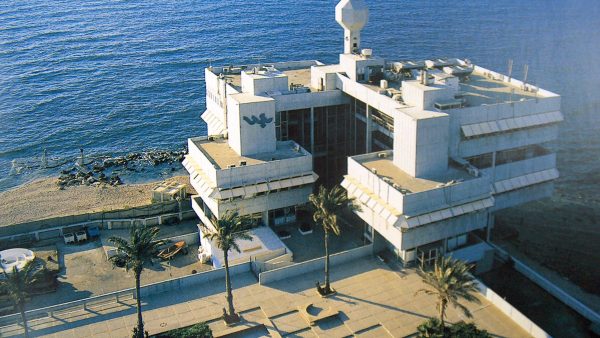
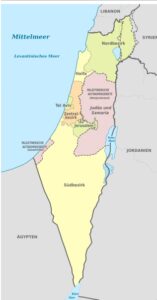
The meeting was scheduled at the main headquarters in Haifa. Since we were driving from Jerusalem, we gave ourselves plenty of time in order to be sure to arrive punctually. We started out with Waze locked onto our destination. All was smooth sailing until we reached the outskirts of Haifa. Despite our familiarity with the city over the years, it was only with the advent of Waze that I finally shed my lingering worry of getting lost in its winding streets and navigating between the upper and lower city.
It turns out that everyone in Israel besides us knew that Waze had been deliberately deactivated in northern Israel due to the war with Hezbollah in Lebanon. We were quietly following the app to guide us to our destination when it suddenly indicated that we were at the Beirut airport. Despite boldly striking out along some of the main streets we were thankfully able to reach the Executive Secretary, Dorit Silverman, by phone who was able to talk us through the tangle of Haifa streets.

Three Main Divisions
The work of IOLR, established in 1967, is so extensive that it is hard to do it justice in this short blog. It has three main subdivisions: (i)The National Institute of Oceanography located in Tel Shikmona in Haifa, (ii)the Kinneret Limnological Laboratory (KLL) located near Tiberius and(iii) National Center of Mariculture located in Eilat. IOLR has approximately 180 staff including professional and support personnel. It also welcomes graduate students and visiting scientists.
But First Some Definitions

The Kinneret also known also known as the Sea of Galilee in English is the second lowest lake in the world (the first being the Dead Sea). Notice this name and most of the other names over the centuries use “sea” instead of “lake.” The Kinneret is already a historically known location and is referenced in the Torah in the book of BaMidbar 34:11. In modern Israel the Kinneret was a major source of fresh water through the National Water Carrier until desalination became widespread.
Limnology focuses on the study of freshwater bodies such as the Kinneret, exploring their ecosystems and dynamics. Mariculture involves the cultivation of marine organisms to meet various human needs, whether in natural marine settings or on land-based facilities.
The National Institute of Oceanography
Employing 80 professionals, the institute is located on the Israeli Mediterranean coast. It has four divisions: Physical Oceanography, Marine Chemistry, Marine Geology & Geophysics and Marine Biology.
The research interests of the Marine Chemistry division include flow and mixing processes; oceanographic models; material cycles; sediment transportation and geological processes; the structure of the seabed; physiology, immunology, and ecology of marine organisms and the populations’ dynamics; the biological diversity in offshore waters and deep seas; effects of human activity on the open sea and coastal environment.
The division of Physical Oceanography utilizes among other tools the research vessel, Bat Galim (Daughter of the Waves). Among its research interests are the dynamics of convectively driven marginal seas, sea strait physics, sub-mesoscale processes, coastal-open ocean interactions, density currents, open ocean convection, air-sea interactions, connectivity between marine protected areas, and dynamics of submarine canyons.
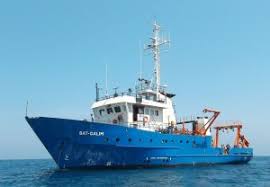
Marine Biology also has many research mandates: microbial communities, bacterial and primary productivity, neritic (the belt of shallow water near the coastline) and pelagic (related to the open ocean) zooplankton, intertidal and subtidal rocky reef communities, shelf and deep-sea soft-bottom epifauna (living on the floor of the watery body) and infauna (burrowing into the bottom of the watery body) , coastal and deep-sea fish.
The Department of Marine Geology also uses the research vessel, Bat Galim. Their work includes mapping the seafloor and sub-bottom and conducts studies on sedimentological processes along the coast to deep sea continuum including sediment fluxes, transport, accumulation, and geochemical interactions with the water column.
The Kinneret Limnological Laboratory
The KLL station has been operating since 1969. It has several monitoring stations around the Kinneret as well as four fixed platforms within the lake itself. The lake is a part of the fresh water system of Israel as well as a recreational location and a fishing site. The Kinneret has been fished for thousands of years. Due to its importance there is constant monitoring of data pertaining to its physical and chemical health. The station utilizes two research vessels, the Hermona and he Lilian.
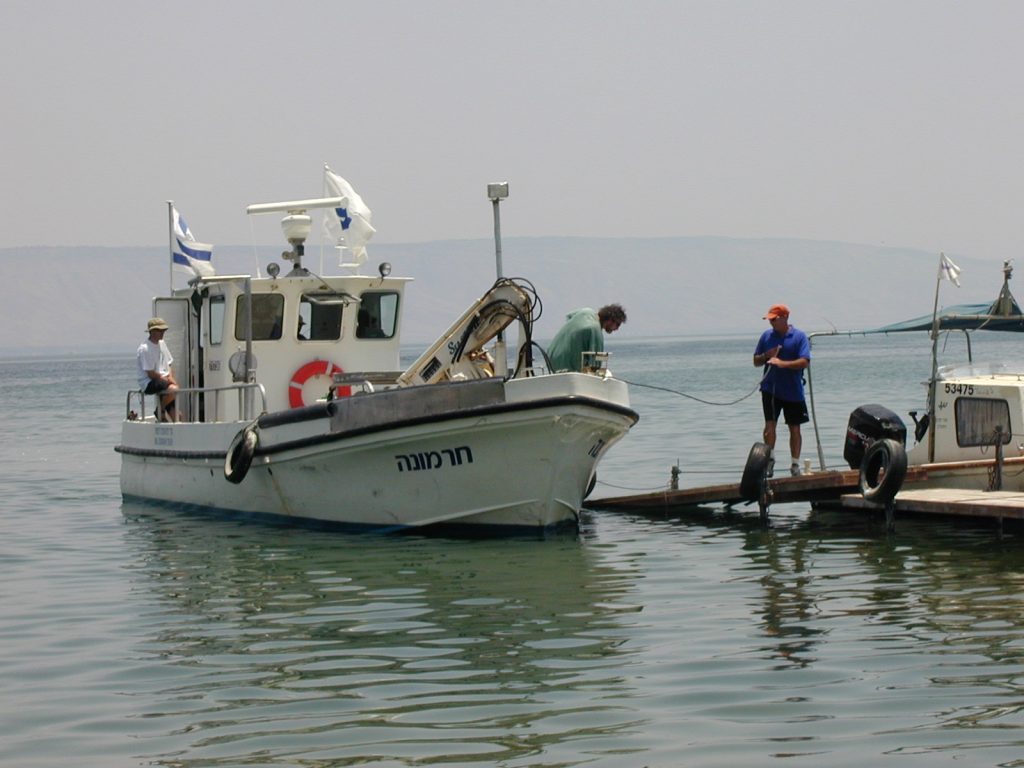
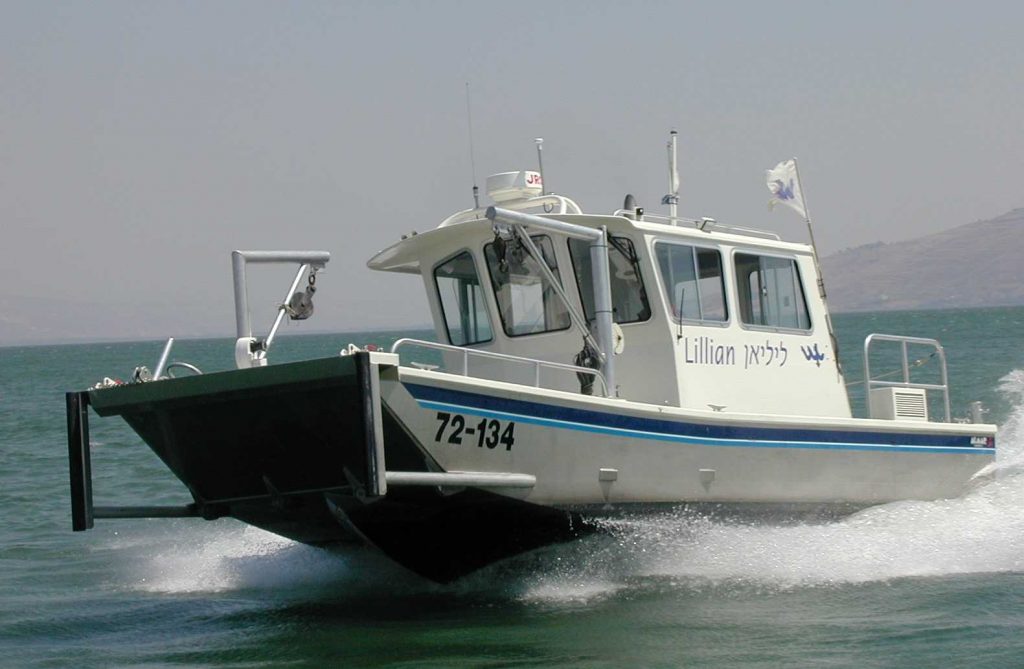
National Center for Mariculture
Located in Eilat on the north shore of the Red Sea, this research group is devoted to using the sea and its denizens for human nutrition and other products of use. To date this has led to fish farms in the Gulf of Eilat which use cages, a farm that raises edible snails (not a kosher product) along the Mediterranean coast as well as numerous other inland fish-farming ponds
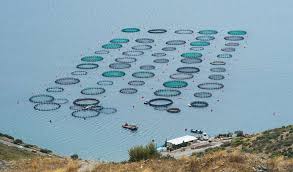
Tel Shikmona
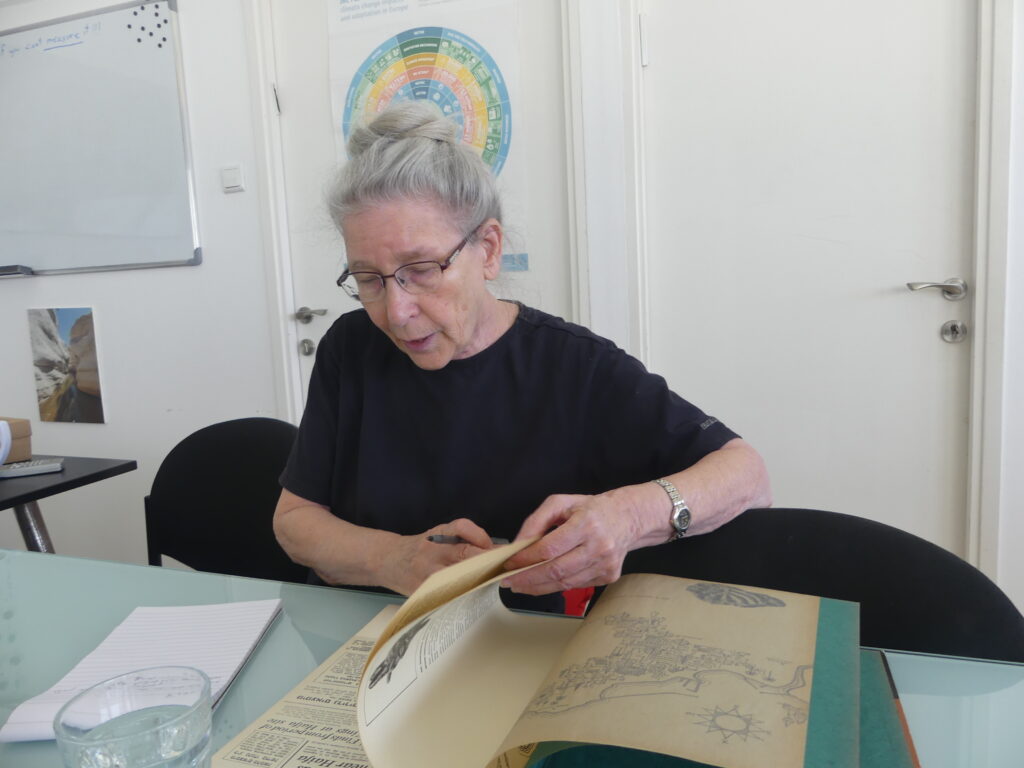
It turns out that Tel Shikmona is not simply a charming name for the neighborhood where IOLR is located. A tel refers to an earthen mound that usually implies an ancient archeological site. The shape is formed over millennia as sites were built, destroyed and rebuilt, and finally abandoned or some version thereof. Right outside IOLR is an actual tel dating back from the Late Bronze age (3300-1200BC) through the Late Byzantine Age (1261-1453CE).

This ancient Phoenician city appears to have been a major site for the production of the Phoenician purple dye prized throughout the Middle East. While the exact mollusk used for the process is still being debated, it seems to be some member of the Murex group of sea snails.
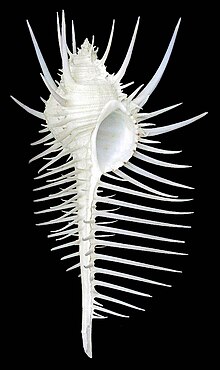
During a leisurely stroll to the site, we found the excavations somewhat less captivating than the vibrant wildflowers that now blanket this hill.
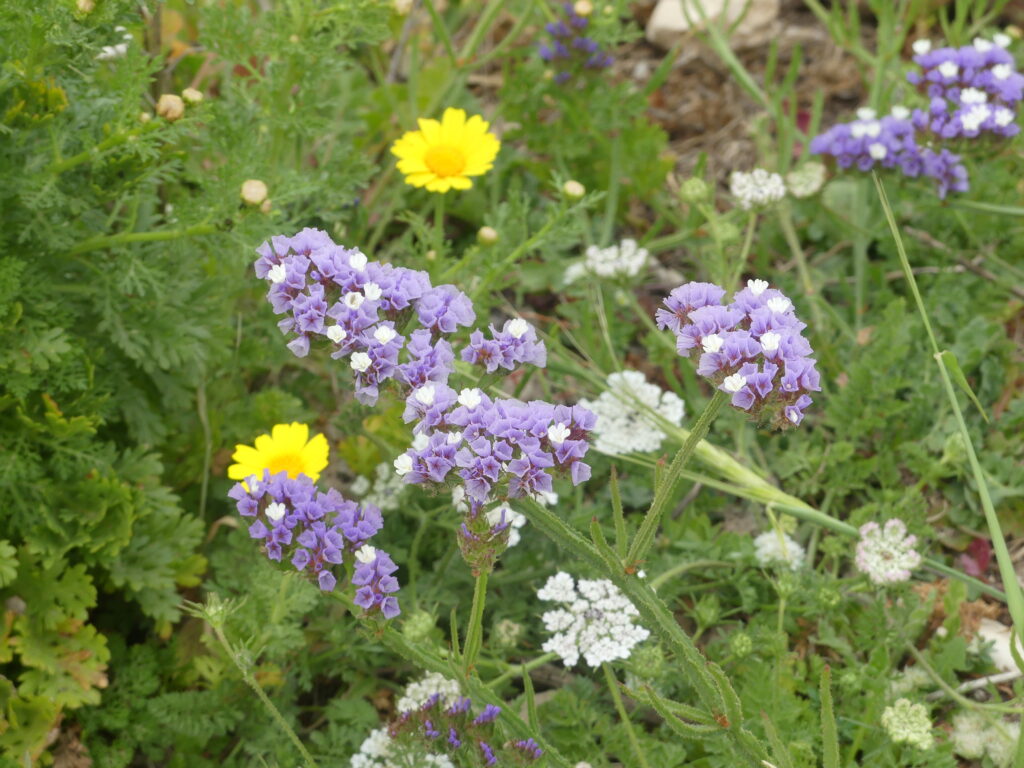
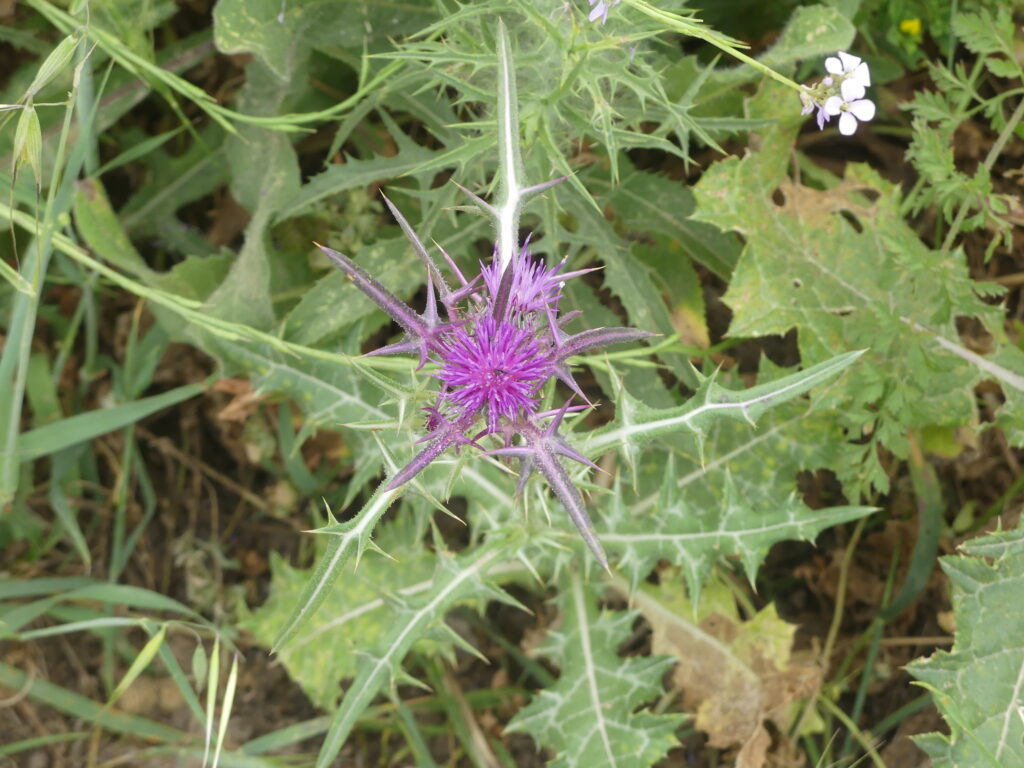
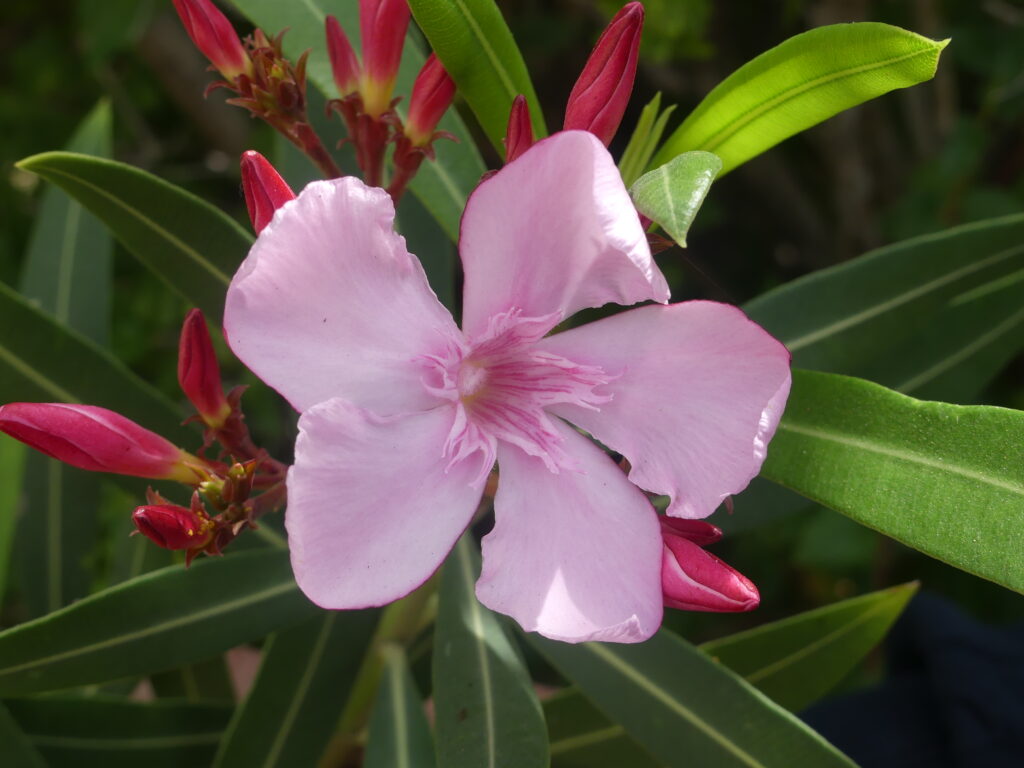
To read more of Sura’s blogs, check out her book A Habit of Seeing: Journeys in Natural Science.
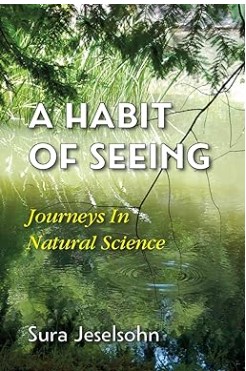
The Murex shells are so varied & beautiful. These gastropods are “creative” (if such a word can be applied to biology). I’d find it interesting if scientists developed a method of visualizing the body of the living snail within the shells. Does their physiology, anatomy, etc. vary as much as the shells do?